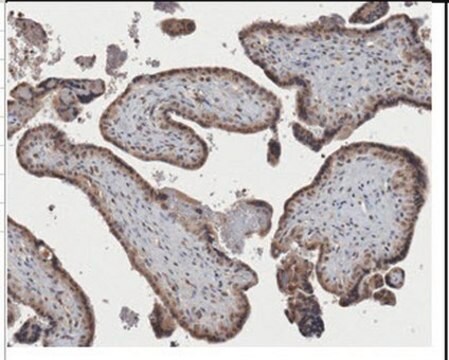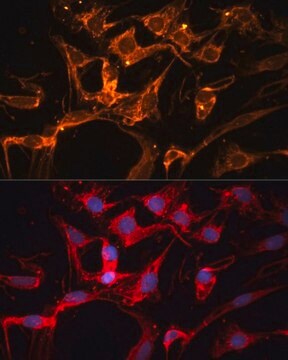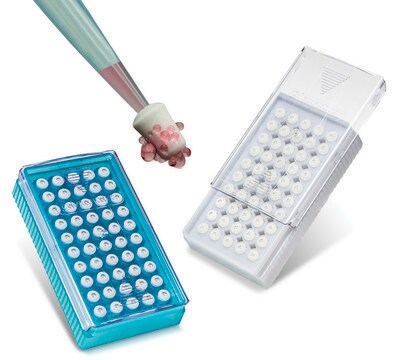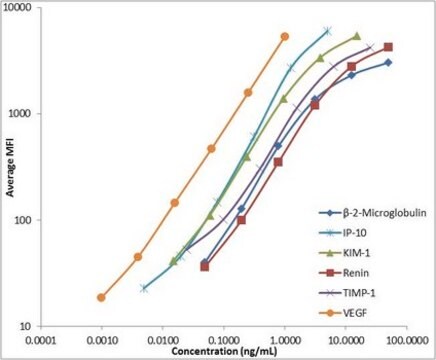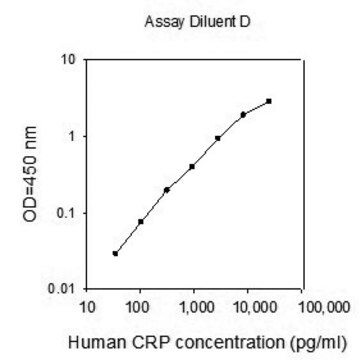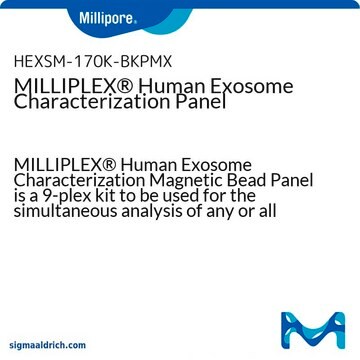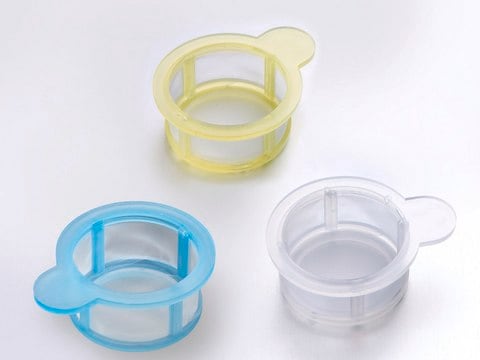MABS1270
Anti-Lipoprotein Lipase/LPL Antibody, clone 4-1a
clone 4-1a, from mouse
Sinonimo/i:
Lipoprotein lipase, hLPL, LPL
About This Item
Prodotti consigliati
Origine biologica
mouse
Livello qualitativo
Forma dell’anticorpo
purified immunoglobulin
Tipo di anticorpo
primary antibodies
Clone
4-1a, monoclonal
Reattività contro le specie
human, mouse, bovine, rat
tecniche
ELISA: suitable
immunocytochemistry: suitable
immunofluorescence: suitable
immunohistochemistry: suitable (paraffin)
western blot: suitable
Isotipo
IgG2aκ
N° accesso NCBI
N° accesso UniProt
Condizioni di spedizione
wet ice
modifica post-traduzionali bersaglio
unmodified
Informazioni sul gene
human ... LPL(4023)
Descrizione generale
Specificità
Immunogeno
Applicazioni
Western Blotting Analysis: A representative lot detected human plasma lipoprotein lipase (LPL) and bovine milk LPL by Western blotting. Clone 4-1a exhibited much reduced binding to murine or chicken LPL, and failed to detect human hepatic lipase (hHL) (Bensadoun, A., et al. (2014). Biochim. Biophys. Acta. 1841(7):970-976).
Western Blotting Analysis: A representative lot detected recombinant wild-type human LPL (rhLPL), as well as rhLPL with mutated Gln3 & Arg4. Clone 4-1a failed to react with rhLPL with mutated Ile8 or Asp9, nor rhLPL with either a.a. 5-15 or aa.16-25 deletion (Bensadoun, A., et al. (2014). Biochim. Biophys. Acta. 1841(7):970-976).
ELISA Analysis: A representative lot was employed as the capture antibody for the detection of human LPL by sandwich ELISA, using biotinylated clone 5D2 as the detcting antibody (Bensadoun, A., et al. (2014). Biochim. Biophys. Acta. 1841(7):970-976).
Immunocytochemistry Analysis: A representative lot detected the binding of human LPL to CHO and CHL cells transfected to express surface GPIHBP1, but not to mock transfected cells or cells transfected to express GPIHBP1 C65S mutant. Clone 4-1a does not compete against triglyceride-rich lipoproteins (TRLs) for binding the LPL-GPIHBP1 complex on cell surface (Bensadoun, A., et al. (2014). Biochim. Biophys. Acta. 1841(7):970-976).
Immunofluorescence Analysis: A representative lot detected hLPL immunoreactivity associated with GPIHBP1 on capillary endothelial cells in OCT-embedded, methanol/acetone-fixed frozen skeletal muscle sections from mice expressing muscle-specific human LPL transgene. Much lower immunoreactivity of the endogenous mLPL was detected in skeletal muscle sections from non-transgenic mice (Bensadoun, A., et al. (2014). Biochim. Biophys. Acta. 1841(7):970-976).
Note: Clone 4-1a exhibits much weaker affinity toward rat & murine LPL when compared with human LPL. Higher amount of sample loading (in Western blotting and ELISA) and/or high sensitivity detection method (e.g. HRP polymer or fluorescence detection in Western blotting and immunohistochemistry) is recommended when using this clone for detecting rat & murine LPL.
Signaling
Lipid Metabolism & Weight Regulation
Qualità
Immunohistochemistry Analysis: A 1:50 dilution of this antibody detected lipoprotein lipase/LPL immunoreactivity in mouse heart tissue sections.
Descrizione del bersaglio
Stato fisico
Stoccaggio e stabilità
Altre note
Esclusione di responsabilità
Non trovi il prodotto giusto?
Prova il nostro Motore di ricerca dei prodotti.
Codice della classe di stoccaggio
12 - Non Combustible Liquids
Classe di pericolosità dell'acqua (WGK)
WGK 1
Punto d’infiammabilità (°F)
Not applicable
Punto d’infiammabilità (°C)
Not applicable
Certificati d'analisi (COA)
Cerca il Certificati d'analisi (COA) digitando il numero di lotto/batch corrispondente. I numeri di lotto o di batch sono stampati sull'etichetta dei prodotti dopo la parola ‘Lotto’ o ‘Batch’.
Possiedi già questo prodotto?
I documenti relativi ai prodotti acquistati recentemente sono disponibili nell’Archivio dei documenti.
Il team dei nostri ricercatori vanta grande esperienza in tutte le aree della ricerca quali Life Science, scienza dei materiali, sintesi chimica, cromatografia, discipline analitiche, ecc..
Contatta l'Assistenza Tecnica.